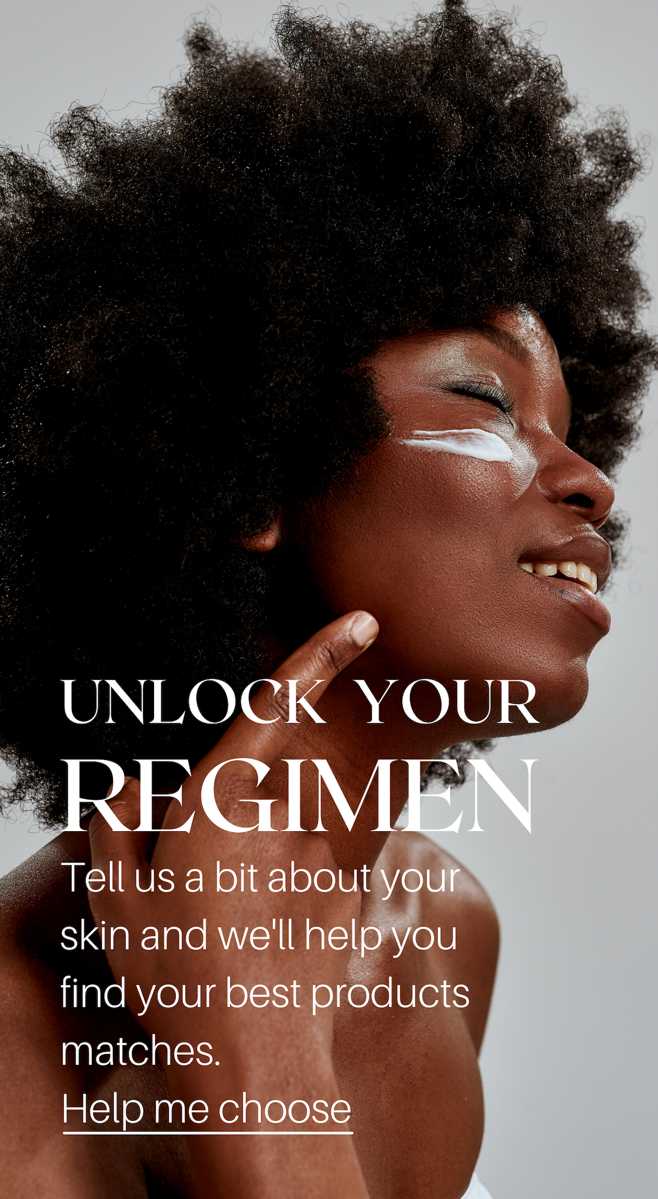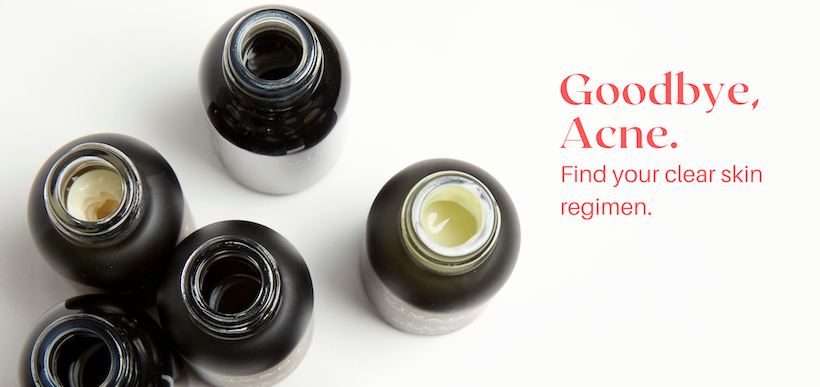What’s the Difference Between Retinoids, Retin-A®, and Retinol?

No ingredient has had a bigger impact on skincare than retinoids, and perhaps none has created more confusion. Retin-A®. Retinoids. Retinol. Are they all the same thing? Are they different? Why so many names? It all begins with Vitamin A, and that story begins with Dr. Fulton.
In 1967, Dr. Fulton was a young medical intern working on an acne research team at the University of Pennsylvania. He was charged with researching vitamin A acid (retinoic acid). Other scientists had given up on the prospects of retinoic acid for acne because they found it caused excessive peeling and appeared to flare up acne in the first weeks of use. Dr. Fulton realized it was exactly those characteristics that made it work so well.
The vitamin A acid peeled the surface of the skin and the lining down inside the follicle to reverse hyperkeratosis and clear the pore. As he described it, “acne impactions virtually fell out of the skin. Whiteheads and blackheads came to the surface and could be washed away, or easily extracted.” The flare-ups were temporary as everything was brought to the surface, and the peeling was essential to the process.
Through this research, Dr. Fulton co-developed Retin-A®, a revolution in the topical treatment of acne. During the process, it emerged that vitamin A acid also smoothed fine lines and wrinkles and spurred collagen production to rejuvenate skin. Retin-A® was the first retinoid developed from retinoic acid (vitamin A), and the new gold standard for the treatment of acne and aging.
That brings us back to retinoids, the umbrella term for the whole family of vitamin A derivatives. The strongest form of retinoids (prescription-strength) is pure retinoic acid. Retinols, which are a subgroup with the retinoid family, must be converted by the body to retinoic acid.
The effectiveness of retinol hinges on how efficiently and quickly the body can convert it to retinoic acid, and those factors are all down to the molecular structure of the derivative. Too big, and it can’t reach its cellular target, meaning results are minimized and take longer to appear.
Vivant’s patented Vitamin A Propionate, developed by Dr. Fulton, has a molecular structure closer to Retin-A® than any other retinol. Vitamin A Propionate reaches deeper into the skin and accelerates cell turnover by up to 50%, without the irritation that prescription-strength retinoids bring. The chart below shows how the dosage of Vitamin A Propionate compares to using Retin-A®.
Derm-A-Gel is Vivant’s starter vitamin A therapy. The chart above shows the progression of strength. Move up to Exfol-A when your skin is acclimated to Derm-A-Gel. Following that, if you want to push results further, move to Exfol-A Forté, the most advanced of our vitamin A serums. Clear Body Therapy, Vivant’s strongest vitamin A formula, is a cream that can be used to clear body acne; soften hard, cracked skin on the feet, elbows, and knees; or reduce pigment on the backs of the hands. You’ll also find Vitamin A Propionate in Vivant’s Wink Eye Rejuvenation Cream.
Retinoids are age-spanning therapy. Use them in your 20s to clear acne, in your 30s to prevent signs of aging, in your 40s and beyond to boost collagen, fight wrinkles, and control pigment. To get the most impact with the least irritation, look to Vivant’s patented, multi-tiered vitamin A therapies.



Comments